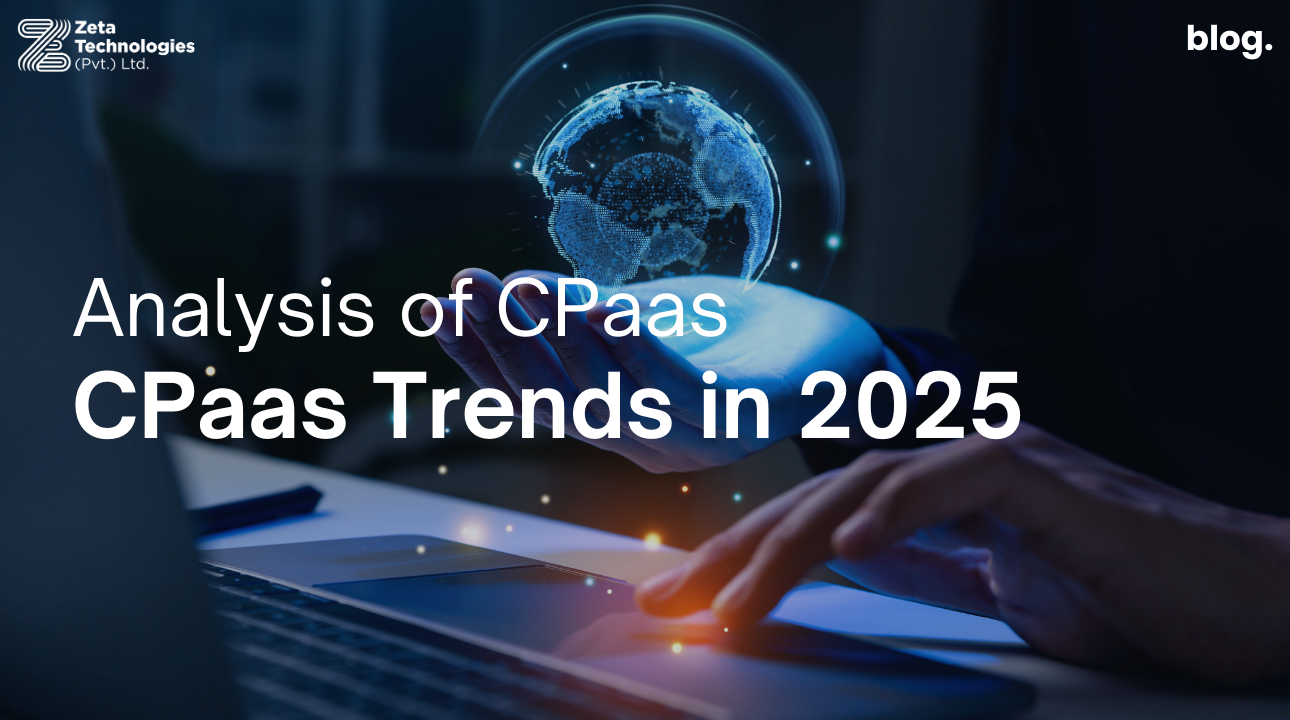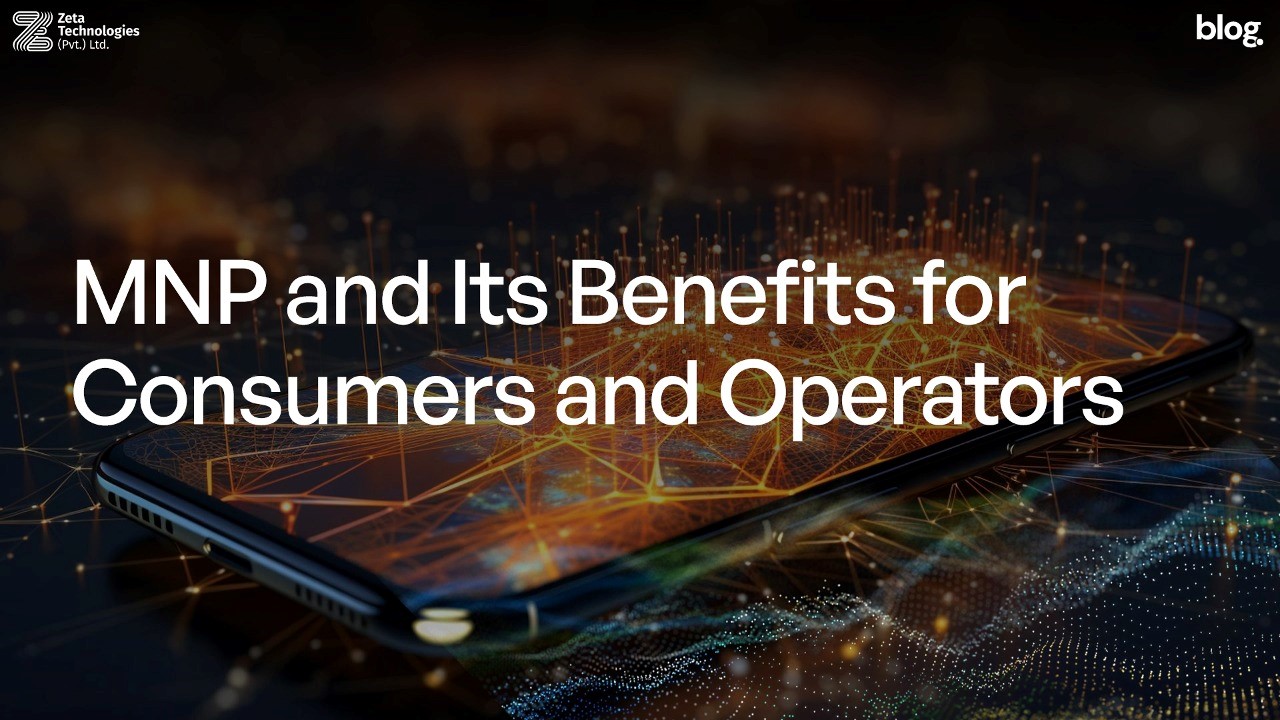Customer communication is evolving faster than ever, and businesses that stay ahead of the curve are the ones that will thrive. Juniper Research projects that the CPaaS market will reach $29 billion globally by 2025, growing from $10 billion in 2022. Infact Gatner predicts that by 2025, 95% of global enterprises will utilize API-enabled CPaaS offerings to uplevel their digital competitiveness.
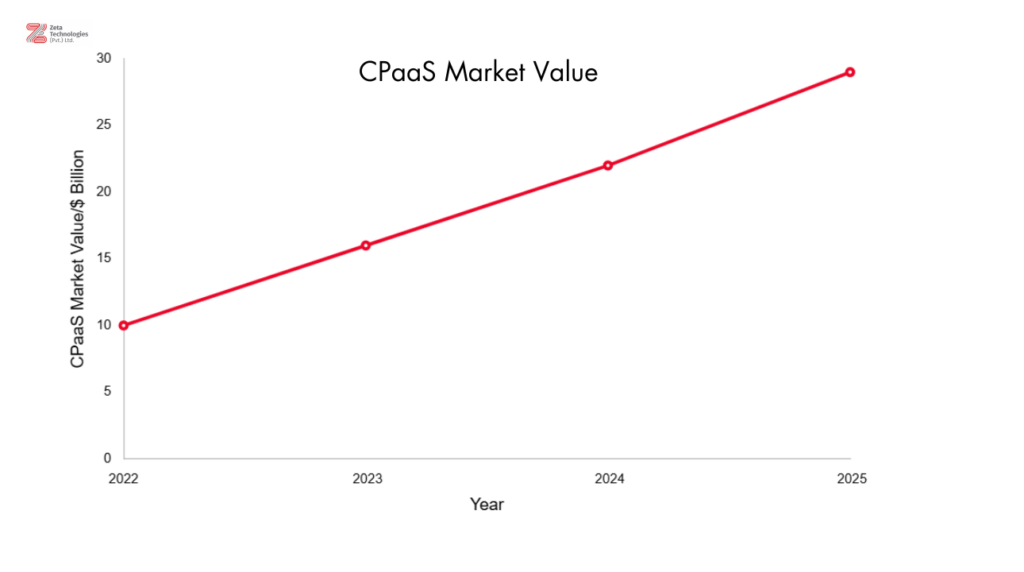
Our team of experts have analyzed various industry insights, read leading websites, and identified the key CPaaS (Communications Platform as a Service) trends that will shape 2025. From AI-driven interactions to seamless omnichannel experiences, the future of communication is at its most powerful point yet. Here’s what businesses should know as CPaaS continues to expand and evolve:
1. Enhanced Security and Compliance
With data privacy concerns growing globally, businesses will prioritize CPaaS solutions that offer robust security features, including end-to-end encryption, multi-factor authentication, and compliance with global regulations such as GDPR and HIPAA. Companies operating in industries like healthcare and finance must ensure secure communication to protect sensitive customer data and maintain trust.
The increasing implementation of advanced fraud detection measures within CPaaS platforms will help businesses mitigate security threats and comply with ever-evolving regulatory requirements.
2. Rise of Generative AI: Redefining Customer Support
The rise of generative AI tools represents one of the most pivotal trends in CPaaS. AI is no longer just about automation—it’s about transformation. Generative AI is set to revolutionize customer interactions by providing more intuitive, context-aware responses. AI will be a game-changer in customer communication.
Infobip states “, we are already seeing businesses and brands creating and deploying chatbots to bring a new level of automation, speed, and availability. Such intelligent virtual assistants help scale customer service, drive efficiencies, and enable businesses to upsell and cross-sell.”
These technologies improve response times, personalize customer interactions, and reduce operational costs. Businesses are now leveraging AI-powered chatbots to handle complex queries, automate routine tasks, and offer 24/7 support, resulting in enhanced customer experiences and operational efficiency.
According to Gartner, “by 2028, 80% of enterprises using CPaaS for customer experience (CX) will utilize generative AI capabilities, up from 20% today.” This rapid adoption is fueled by the growing demand for personalized, conversational experiences.
Key benefits:
- Faster and more accurate responses.
- Enhanced self-service options for customers.
3. Conversational APIs Drive Omnichannel Experiences
Customers no longer interact with brands through a single channel. They expect a seamless experience whether they connect via social media, email, phone, or live chat. CPaaS solutions are making it easier for businesses to unify these channels, ensuring that customers receive consistent communication no matter how they reach out.
Visual builders and conversational APIs are enabling businesses to create seamless omnichannel journeys without requiring extensive technical expertise. The ability to switch between channels while maintaining context will be a key driver of customer retention.
4. Integration with IoT
The Internet of Things (IoT) is playing a pivotal role in shaping CPaaS solutions by offering businesses new ways to interact with customers. CPaaS platforms will increasingly integrate IoT-generated data to provide real-time, context-aware communications.
For example, IoT-enabled devices can trigger automated alerts, notifications, and customer service interventions, enhancing proactive engagement and operational efficiency across industries such as smart homes, healthcare, and logistics.
5. Customer Data Platforms (CDP): Powering Hyper-Personalization
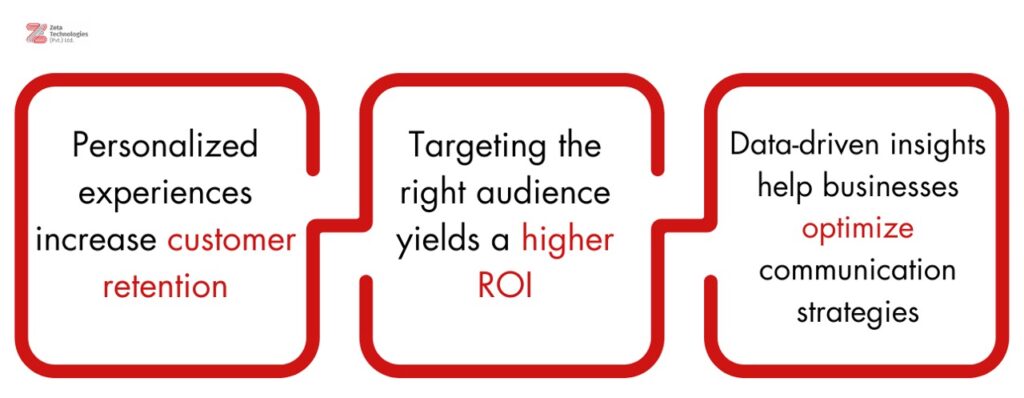
In 2025, data will be king. Businesses are increasingly turning to Customer Data Platforms (CDPs) to collect, analyze, and utilize customer information more effectively. With CPaaS integration, businesses can deliver hyper-personalized communication based on real-time data, making interactions more relevant and impactful.
6. Strategic Partnerships: Expanding CPaaS Capabilities
CPaaS providers are expanding their reach through strategic partnerships with telecom carriers, tech giants, and app developers. These collaborations are opening up new opportunities for businesses to leverage a broader range of communication tools and capabilities, enhancing their overall customer engagement strategies.
How it benefits businesses:
- Access to more advanced communication tools.
- Greater flexibility and scalability in communication solutions.
7. Communication Convergence: A Unified Future
The future of CPaaS lies in convergence, bringing together voice, video, messaging, and automation into a single, integrated platform. Businesses are looking to streamline operations and create more cohesive communication strategies, ensuring a consistent and efficient customer experience.
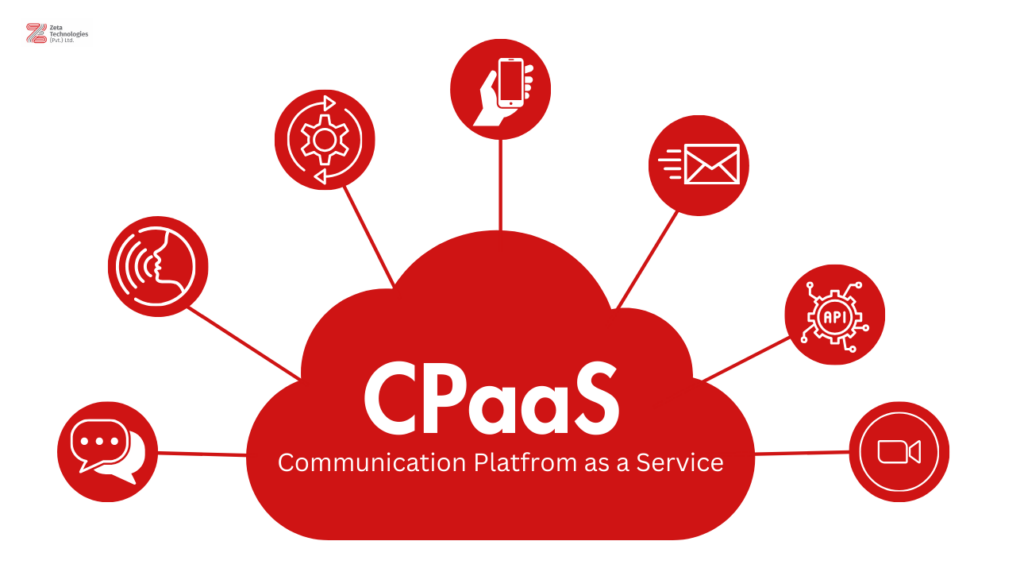
Final thought
The future of CPaaS is bright. All businesses want to enjoy greater capabilities while also gaining greater security. CPaas provides innovation, security, customer retention and best of all profitability.
It gives businesses the power of embracing advanced technologies to build stronger, more personalized connections with their customers while also surviving in a cost-conscious environment.
Read more blogs written by our experts at www.zeta.com.pk to stay ahead of the trends and revolutionize the way you communicate with your customers today!
Source: Forbes on CPaaS Industry Growth, BSG World, CX Today on Leading CPaaS Providers


